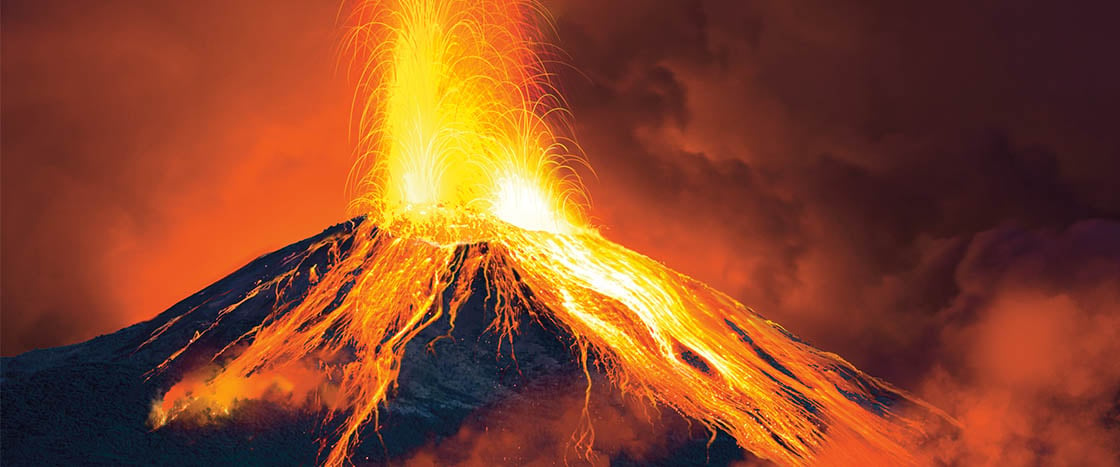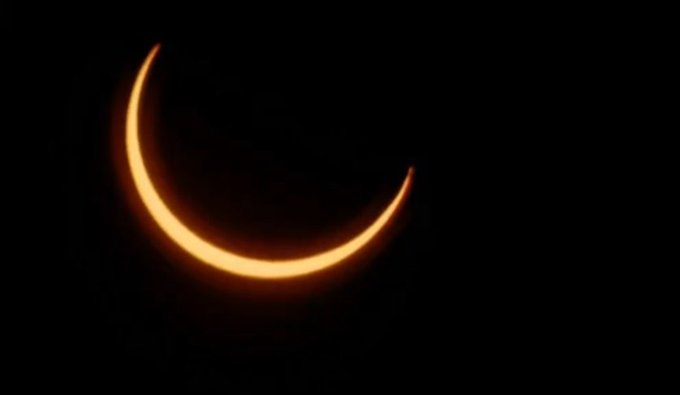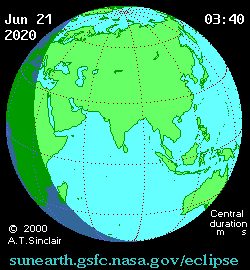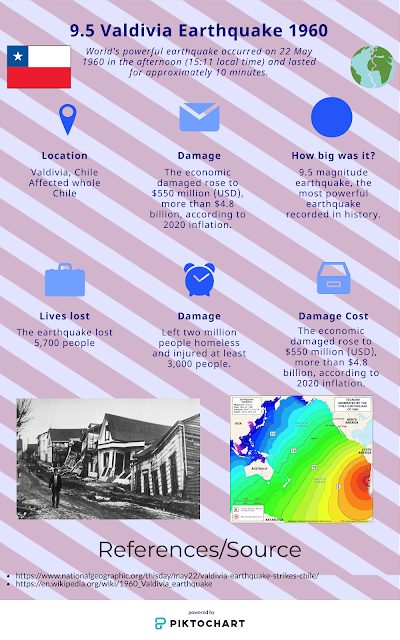| Asteroids passing Earth Photo: ESA/Pierre Carril Credit: https://www.un.org/en/observances/asteroid-day |
Asteroid Day is a global event which is held on the anniversary of the Siberian Tunguska event that took place on 30 June 1908, the most harmful asteroid-related event on Earth in recent history.
| Credit: https://jurnalspiritual.eu/ |
In December 2016, the United Nations General Assembly announced that it is going to be celebrated annually on 30 June every year. Asteroid Day aims to raise awareness about asteroids and what can be done to protect the Earth.
Asteroid Day returns with Asteroid Day LIVE Digital from Luxembourg. This year, the event is a fully digital celebration of asteroid science and exploration. There is going to be broadcast on 30 June 2020, starting at 10:00 pm (10:00 am UTC). The program will repeat multiple times per day from 30 June - 4 July.
Asteroid Day Live is streaming on Asteroid Day TV, ad the detailed program can be found on the Asteroid Day website. After Asteroid Dat, the different panels will be available on that website, as well as on YouTube.
There are over one million asteroids in space that could possibly strike the earth, but modern scientists have only identified about one percent of them. To fight this, Asteroid Day’s founders, as well as a host of skilful scientists, created the 100X Asteroid Declaration. The declaration aims for scientists to work to increase the rate of asteroid discovery to 100,000 per year within a decade. International Asteroid Day aims at giving the word of declaration and helping fellow Earthlings prepare for a potential asteroid impact.
References:
/https://public-media.si-cdn.com/filer/1c/11/1c113495-5153-4040-b7ea-5a37acf4d525/ford_assembly_line_-_1913.jpg)
























